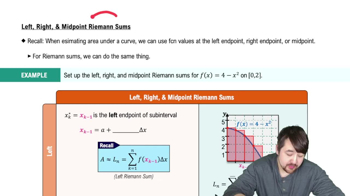Estimating Limits
[Technology Exercise] You will find a graphing calculator useful for Exercises 67–74.
Let F(x)=(x² + 3x + 2)/(2−|x|)
b. Support your conclusion in part (a) by graphing F near c = -2 and using Zoom and Trace to estimate y-values on the graph as x→−2.






